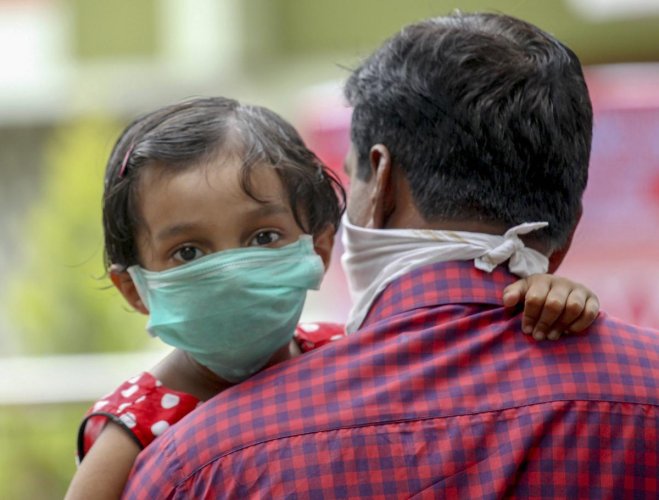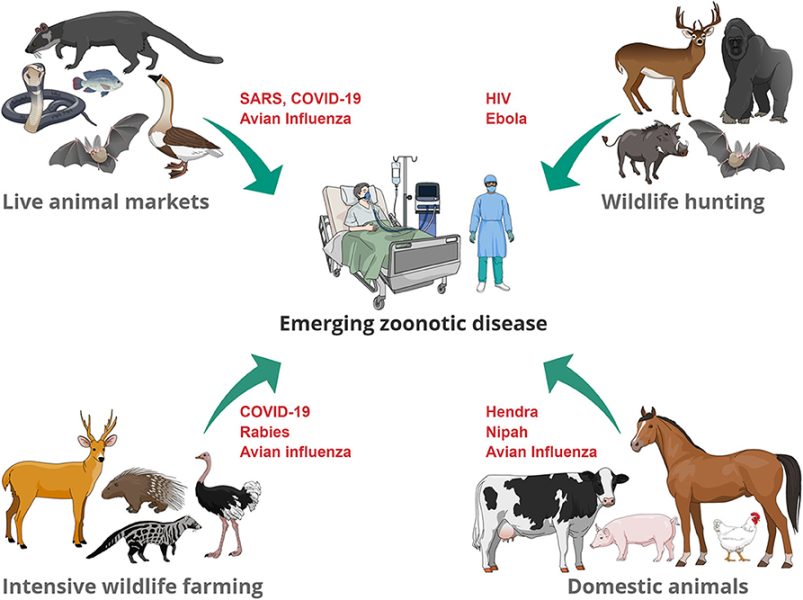
Climate change may induce animal migration, spread zoonotic diseases: Study

Humans may think they have succeeded in taming the COVID pandemic, but many more potential diseases, caused due to transmission of viruses from animals to humans, wait for an opportune time to hit with climate change driving animals towards cooler areas, states a study published in the Nature journal.
As animals migrate to newer lands, they will interact with other species, thus increasing the risk of zonotic diseases (Disease Transmitted from Animals to Humans), especially in tropical Africa and Southeast Asia (including India).
The study says that about 10,000 viruses circulating in wild animals living in deep jungles can cross into humans. As temperature soars, these mammals are leaving their natural habitats for newer lands where they will most likely interact with other species, creating at least 15,000 new instances of viruses jumping between animals by 2070, the study stated.
Even if we control greenhouse gas emissions, it is difficult to stop this transmission of viruses which has already begun, scientists say.
“We have demonstrated a novel and potentially devastating mechanism for disease emergence that could threaten the health of animal populations in the future, which will most likely have ramifications for our health too,” said study co-author Gregory Albery, a disease ecologist at Georgetown University.
“This work provides us with more incontrovertible evidence that the coming decades will not only be hotter, but sicker,” Albery said.

The study started a year before COVID stuck. A total of 3,139 species of mammals were studied, observing their movements under a range of global warming scenarios, followed by a systematic analysis of how such movements would affect transmission of viruses.
Several of these contacts would happen at places where human population density is high, thus facilitating spread of viruses from animals to humans.
The Sahel, the Ethiopian highlands and the Rift Valley, India, eastern China, Indonesia, the Philippines and some European population centres are the probable hotpots, the study found.
The COVID pandemic that started in late 2019 is mostly attributed to bats, which are believed to have transmitted the coronavirus to humans. Since bats are mammals, and they can fly, the potential of spreading various viruses from the animal to humans is extremely high.

